Mike Richardson has always been a science and technology enthusiast. Having chosen Berlin as the perfect place for founders, not least for those working in the exciting field of spectroscopic solutions, he navigated the difficult world of start-up ventures with the help of Fraunhofer IZM’s Start-a-Factory.
Start-a-Factory provides the technical know-how to develop prototypes that tech entrepreneurs can use to test-run their product concepts. In his interview with RealIZM, Mike Richardson shares the story of his business, Photonic Insights, and how its technology enables users to identify the composition of whatever they set their (spectroscopic) sights on.
What was the initial idea behind Photonic Insights?
Mike Richardson: The initial idea was to make a smart toilet, using the benefits of optical sensing. I made some prototypes for what a smart toilet could do, analysing everything in there in real time. Because of a dispute with my co-founder, I decided to go off on my own and make my own company, Photonic Insights, and focus on using what I learned with yet another use case.
How does that work?
Mike Richardson: It is basically low-cost spectroscopy. We optimize low-cost instruments that are normally less precise. Our optimizations include the use of machine learning to process noisy signals. By using existing sensors, Photonic Insights creates use cases to show the utility of the devices and data. We then work with that to create a joint venture or spin-off.
That means it is an idea that deploys existing technology?
Mike Richardson: Correct, we use existing technology for our generation 1 devices to support immediate monetization for the company. We are also developing new technology sensors as a research and development partner.
Can you explain that strategy?
Mike Richardson: Imagine you are some kind of institute working in water quality. Photonic Insights has a long-term plan to develop specific sensors for key metrics in water quality measuring. You need someone agile and fast who can develop a product? That is us. We partner with the research agency, we work with the requirements of what you want to develop, and then we develop it for you. We have already developed one spin-off joint venture in Asia and are developing spin-offs focused on water quality.
Stage one is the joint venture spin-off; stage two is actually developing our own sensor technology. Yet, that is three years in the future. We do not know if the new technology sensor under development is going to work, although recent tests are encouraging. However, we know the infrastructure that we developed to service spectrographic devices can apply to any sensor. There are also unique combinations that connect artificial intelligence and machine learning with these research projects.
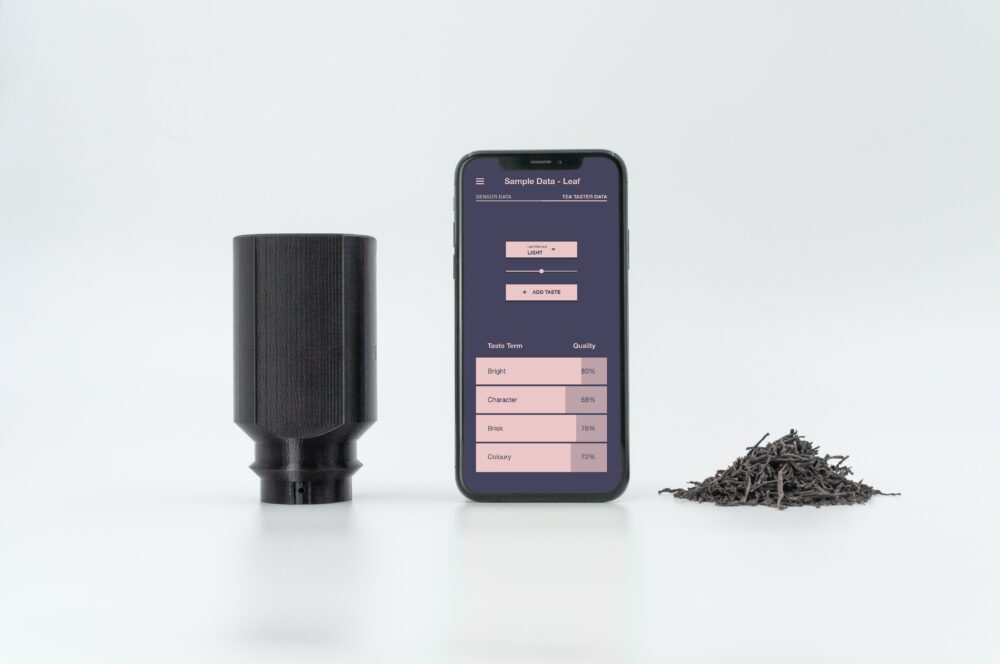
What exactly do your sensors measure?
Mike Richardson: Basically, they are able to characterise a material without laboratory preparation. If I need to tell you what is in the cup of tea you are having, I can send it to a lab. After that, you would know exactly what was in there, but it would cost a lot of money, and the sample would be destroyed. With spectroscopy, we are able to scan and take a reading. We illuminate the sample. The sample remains intact, and I can tell you various characteristics of it: the chemical composition, how much water is in there, how much caffeine is in the tea, I can even fingerprint it.
What does that mean?
Mike Richardson: With low-resolution spectroscopy, it is not possible to get the exact waveform that corresponds to what a material is. Instead, it is an approximation. This spectrographic reading correlates to a value – it does not mean it is the exact value. That difference is important for researchers, but for practical applications, it is not. A fingerprint is a representation that points to an actual value.
Why did you think Start-a-Factory was the right choice for you?
Mike Richardson: The concept of Start-a-Factory is unique.They provide access not only to Fraunhofer expertise, but also to process briefs and high-tech facilities. Building a prototype within a few weeks is usually almost impossible.
What kind of machines did you use for that purpose at Start-a-Factory?
Mike Richardson: We copied an open hardware design for generation 1 (Photon1). The idea of open hardware is that you can take existing parts out and modify the device. Copying is not as easy as it sounds; it took us three weeks. We built another 50 devices here at Start-a-Factory. So, we use the SMT line at SAF, pick-and-place vapour phase, solder jet, and x-rays for inspection. Generation 2 (Photon2) is all our design, with optimizations learned from the manufacture of Photon1 back in November 2019. We built Photon2 in June 2020 and are testing the improvements. The results are encouraging.
Where are you going with it?
Mike Richardson: My business relies on this device and other, different types of sensors. When you put these parts together, you get an actually working prototype. You can scan a dry material and determine its composition, if it is an infusion; you can plug the device into your computer, and then it gives you the data.
Is there a market for that?
Mike Richardson: There is. That product is actually already available on the market. It costs about 15 Euros, while the competition charges 20 Euros. It solves a lot of problems in quality controlling and material identification. Plastic recyclers, for example, use it to identify types of plastic. The sensor can perfectly identify the seven grades of plastics there are for recycling. It is very useful in sustainability and the circular economy to identify things that can be reused. It could also be used for a smart garbage can. This is nothing I am working on, yet anyone can do this using our backend and data analysis.
There are other people selling and working on this?
Mike Richardson: Generation 1 is open hardware. Anyone can take our Photon1 device, modify and improve it, and sell it. That is also what we did: a copy. Our new design (Photon2) is not a copy. It’s a new design.
How to you deal with your competitors then?
Mike Richardson: For our strategic vision, we want everyone in the world to copy the Photon1 device. We want more of these devices in the world, because our backend is needed to make sense of the data. Photonic Insights profits from the data, and this is something I would always suggest to people entering the hardware business: unless you have a very specific niche hardware that is protected by strong patents, you better move fast and develop use cases.
The trick with the device is that you cannot point it at anything and expect it to tell you what it is or what it contains. You have to build a model in advance, and you have to know what you are looking at and what you are looking for. That is part of Photonic Insights’ IP. We have a very unique and patent-submitted process for how we develop the model. We do some special things with our data which get us to the results quicker.

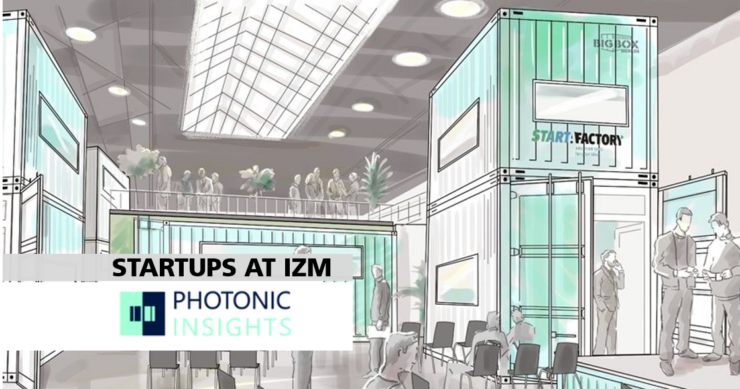
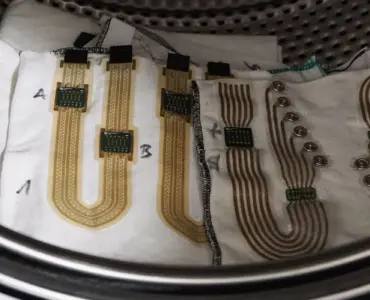
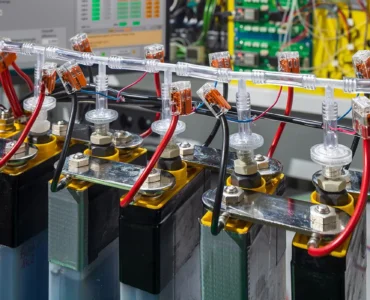
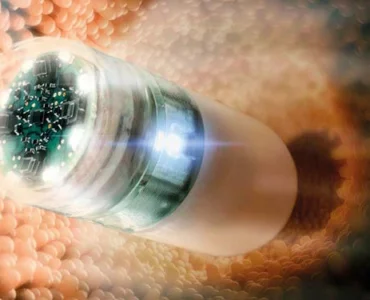
Add comment